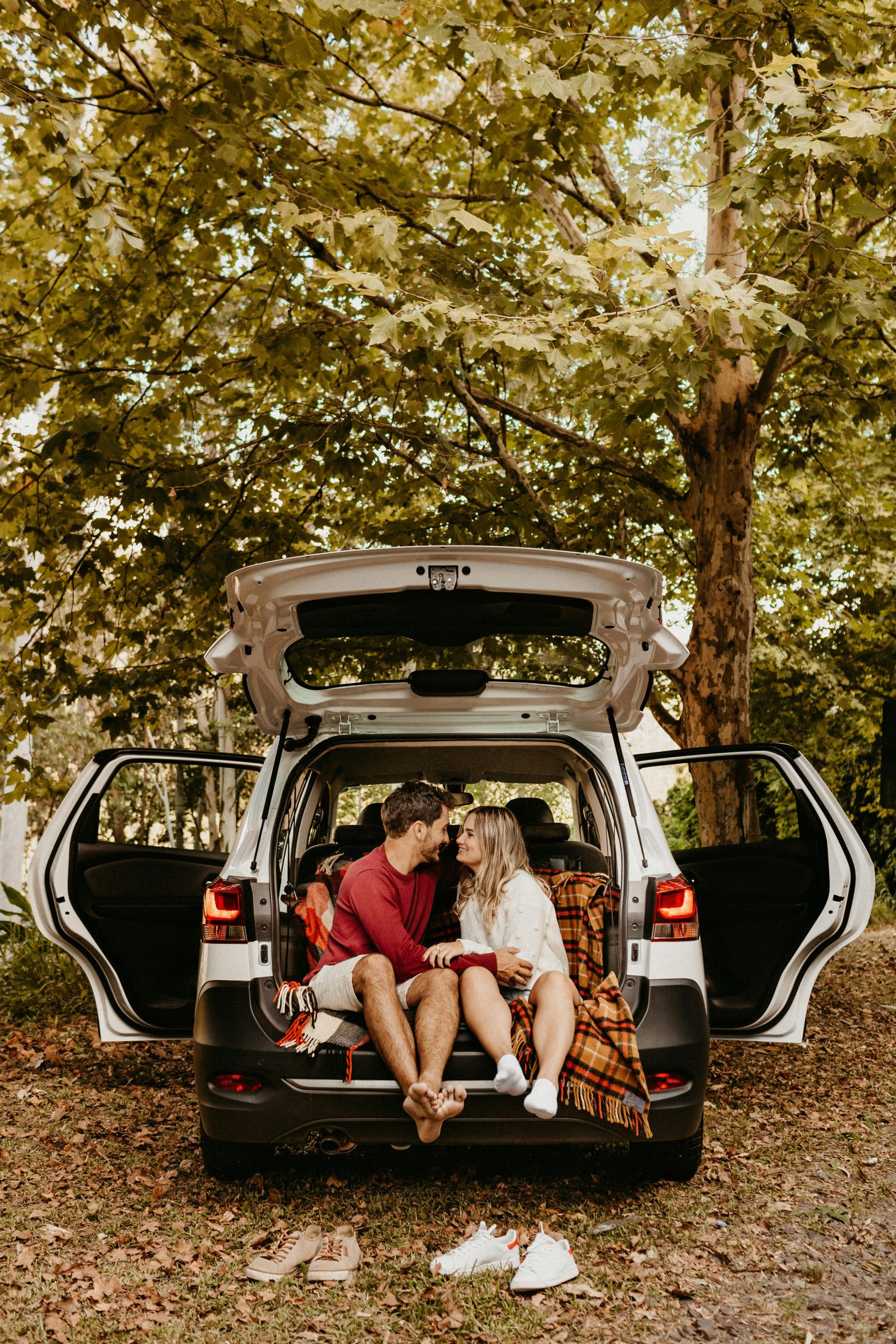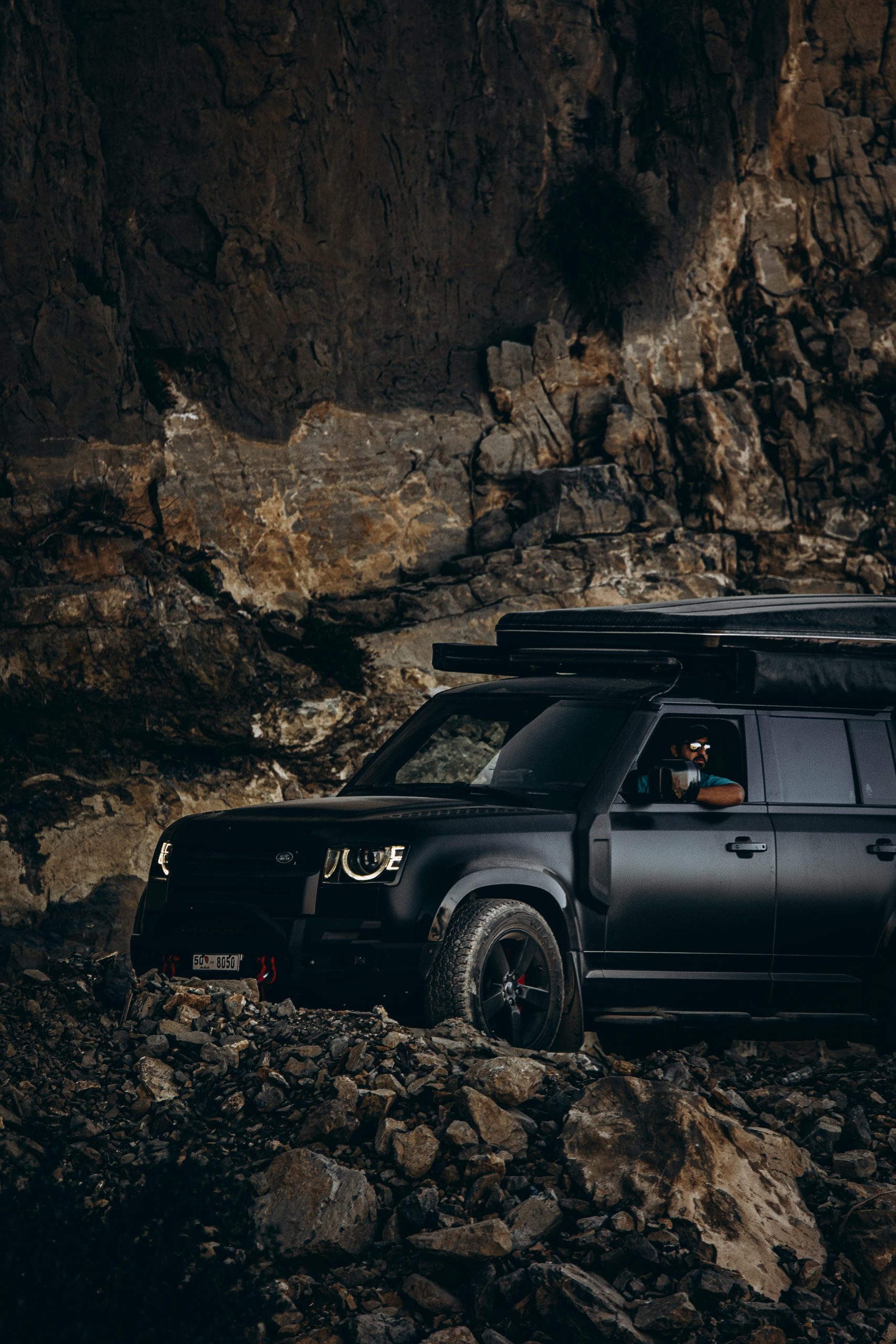Understanding Liability Coverage When You’re Not Behind the Wheel
Navigating Liability Insurance for Incidents Involving Vehicles You Didn’t Drive
Have you ever wondered whether your auto insurance policy offers protection if you’re not the one operating the vehicle at the time of an accident? This question often comes up in casual conversations about car accidents and insurance coverage. Here’s a real-world scenario to shed some light on the topic.
The Scenario:
Imagine a situation where you’re walking as a pedestrian, and an incident results in damage to a vehicle driven by a friend. For instance, your son, while not the driver involved, causes a dent to a friend’s truck. The driver was cruising through a parking lot at a slow speed when your 19-year-old son thought it would be funny to jump into the passenger side through the window. His knee hit the door with enough force to dent the vehicle significantly. The vehicle now requires repairs, and you’re wondering:
- Will your liability insurance cover the damages since you were not the one driving?
- Are there any potential impacts on your insurance rates if you contact your provider about this incident?
Insurance Considerations:
Typically, liability coverage—such as policies through providers like USAA—is designed to protect you if you’re at fault in an accident while driving your own vehicle. However, liability can sometimes extend to others driving your car with your permission, depending on your policy’s specifics.
In this case, since you weren’t operating the vehicle when the damage occurred, standard liability coverage for your vehicle might not apply. Instead, the driver’s own insurance policy could be responsible for covering the damages, assuming they have appropriate coverage.
Regarding your own insurer, it’s generally advisable to consult them directly to understand how such incidents are handled. Asking about coverage doesn’t usually harm your premium; insurers often appreciate transparency and may provide guidance on your options.
Key Takeaways:
– Liability insurance typically covers accidents caused while driving your vehicle, especially if you’re at fault.
– If someone else, like a family member or friend, causes damage while operating your vehicle with permission, their insurance is usually primary.
– As a pedestrian or non-driver involved in an incident, your own auto policy may not be liable unless you were directly responsible.
– Always check with your insurance provider to clarify your specific coverage and how such incidents are handled.
Remember, each insurance policy is unique. When in doubt, reaching out to your provider for detailed advice ensures you’re informed and prepared for any unexpected situations.



